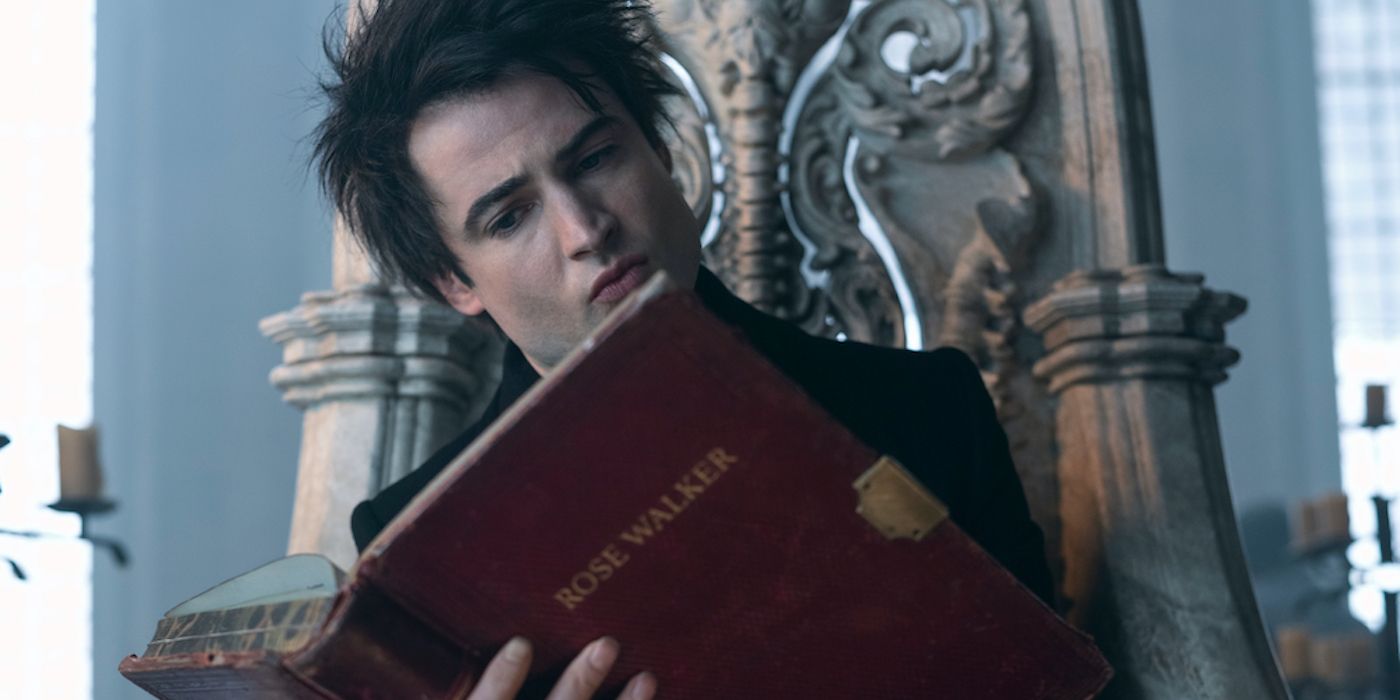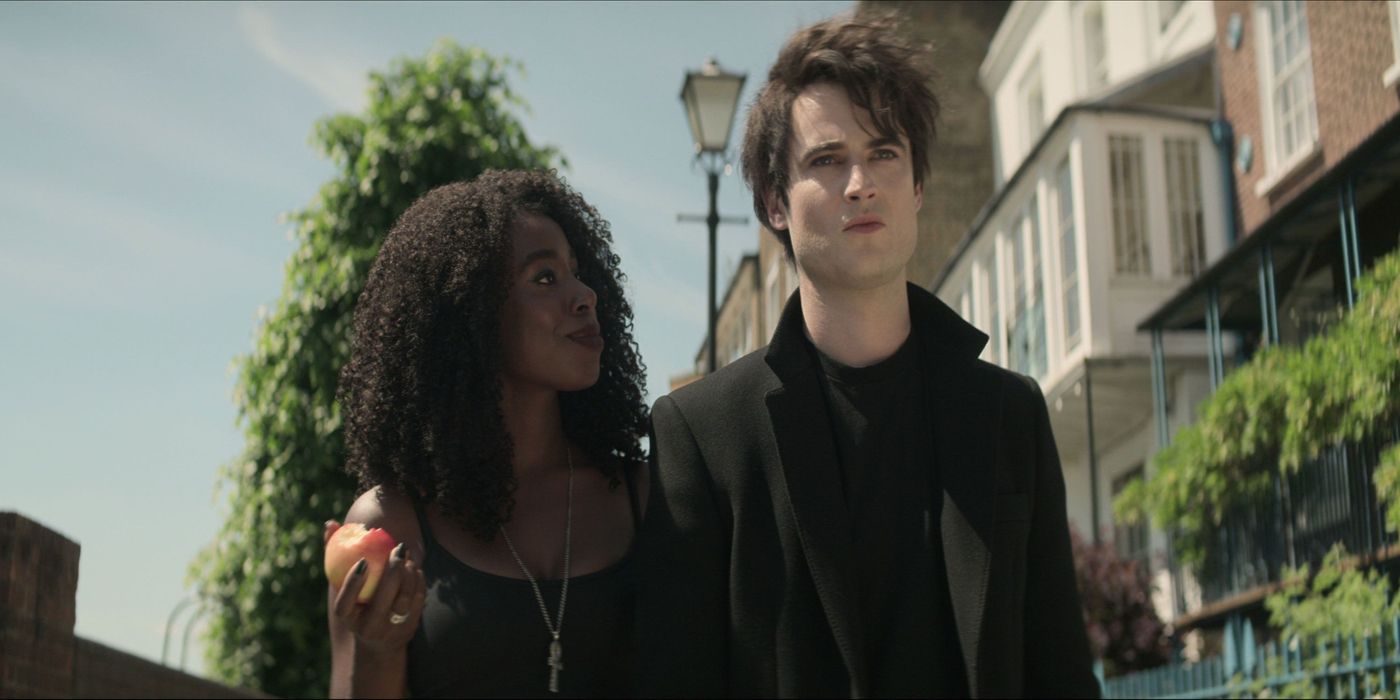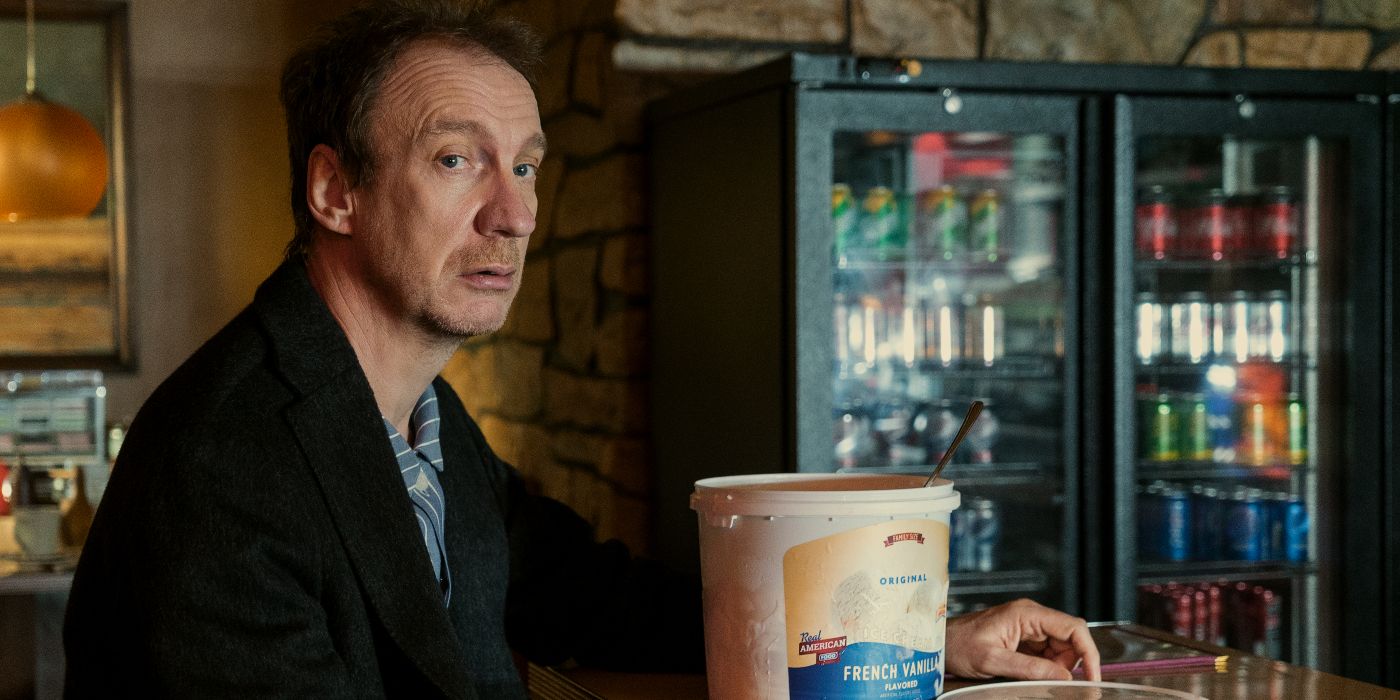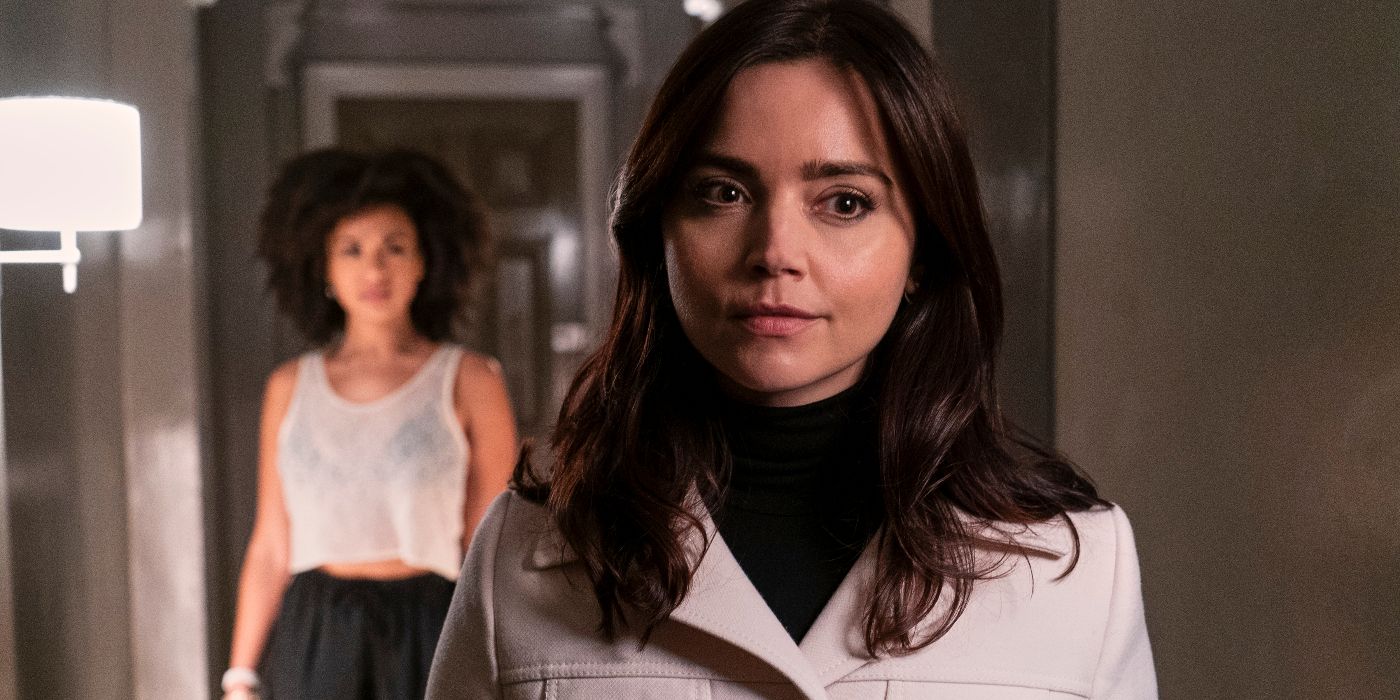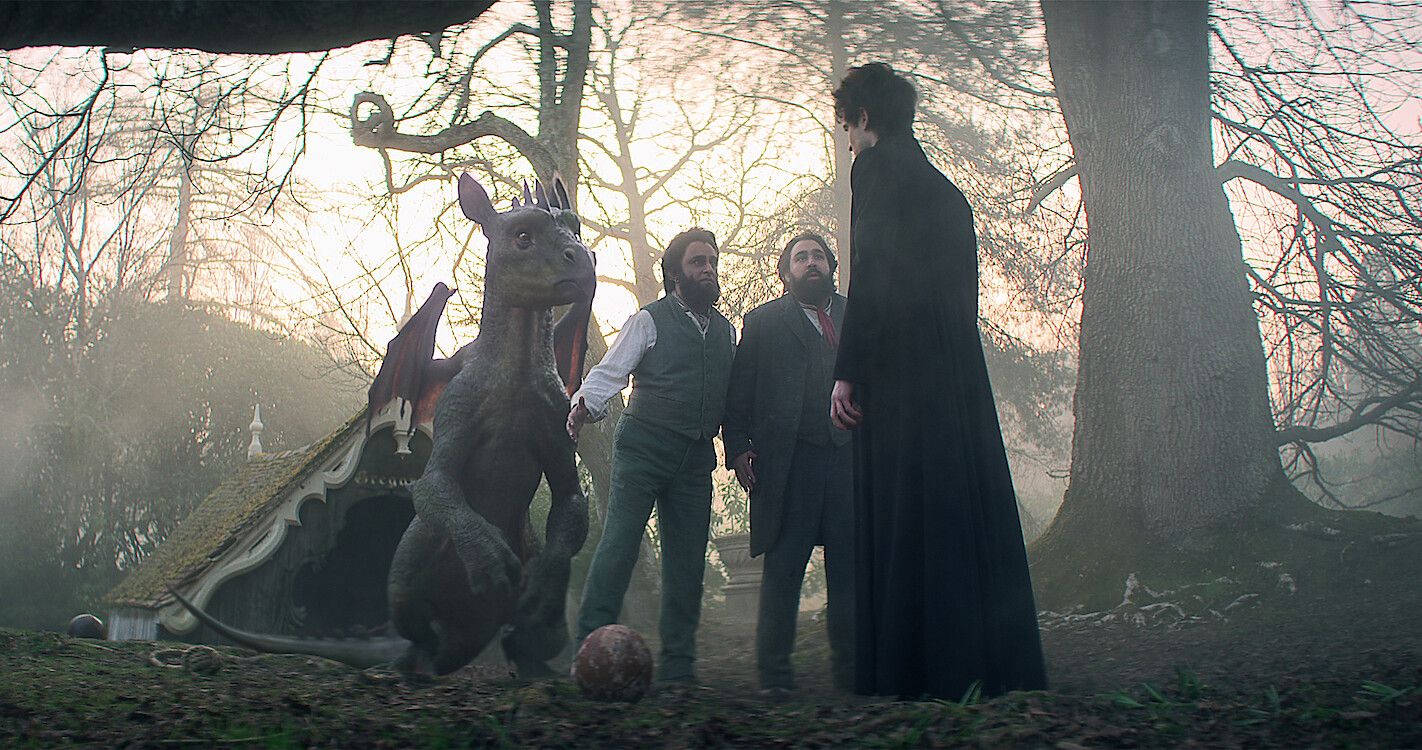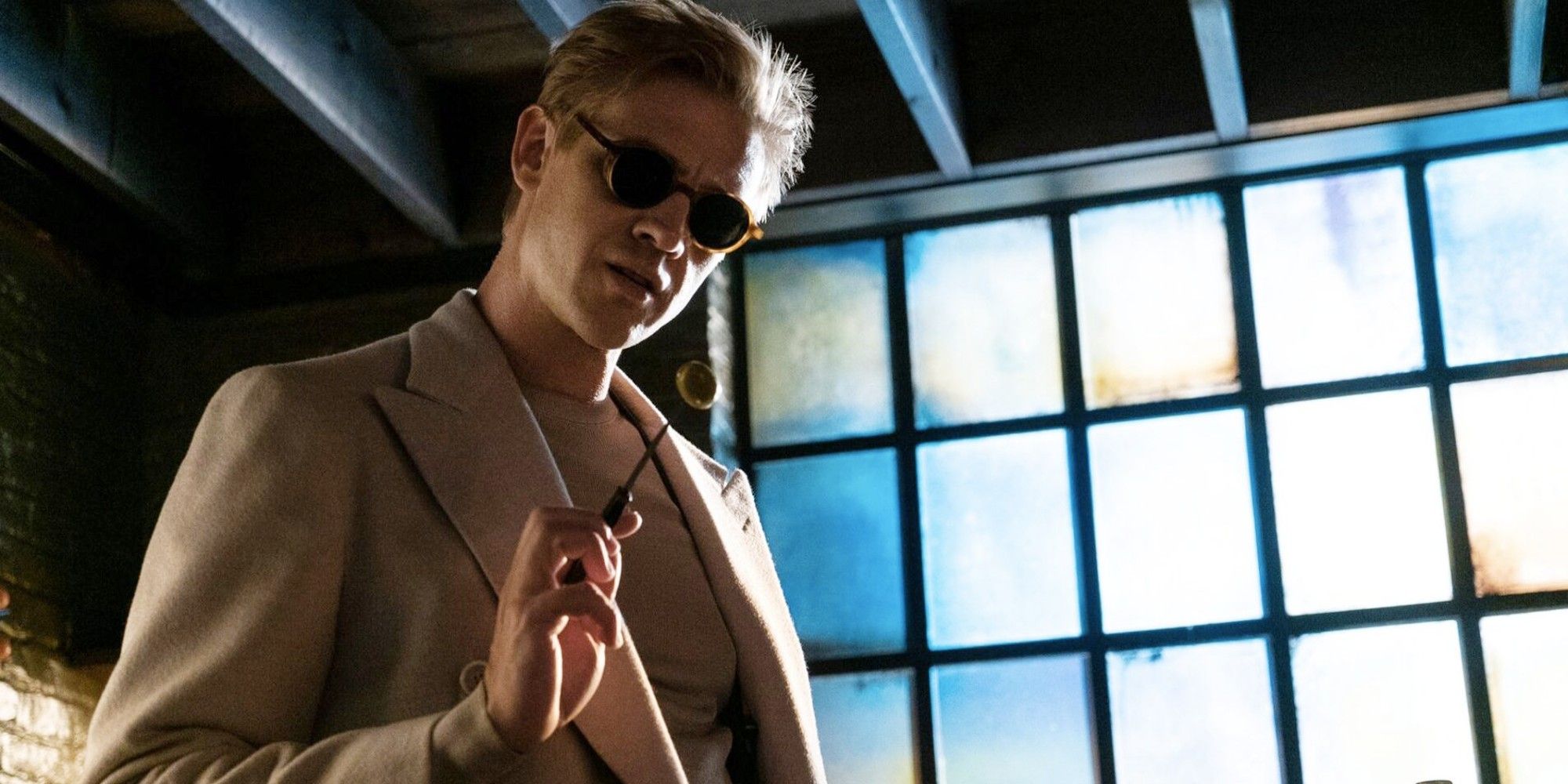When adapting a literary text, adhering to its source material is generally considered a commendable feat. More often than not, faithfulness to the original material also happens to be one of the things fans of the fandom aren’t very open to compromising on. God forbid the adaptation come off as cavalier in its reference to the source material! Such an adaptation almost never sees the light of day, and if it does, its creators seldom revel in the kind of attention that draws. In the case of The Sandman, an authentic understanding of the books, or rather the comics, is indispensible.
How Far Removed Is Netflix's The Sandman from its Source Material?
The Netflix version of The Sandman is, more or less, pretty faithful to its source material. Given how passionately Neil Gaiman feels about his comic series, the alternative would perhaps have been problematic – if at all possible. Moreover, Gaiman was so thorough and profound with his series that major changes, especially to world-building and characters in general, were unnecessary. There are places, of course, where the Netflix adaptation differs from the comic series. Instead of contradicting the comics, however, these changes improve upon the original plotline, insofar as the on-screen version is taken into account. These deviations from the original material were not only accepted by fans but also appreciated from a critical perspective – for what works on the page may not always work on the screen.
Netflix's John Dee Is Considerably Less Villainous
In the comics, Dee is what one would expect a malicious, power-hungry villain to be – bestial, fiendish, and megalomaniac. Despite all the unconditional kindness Rosemary (Sarah Niles) bestows on Comic Dee, he decides against sparing her, taking the typical villain route. In the comics, he also spends a good deal of time forcing the people in the diner into treating him more like a god than a mere mortal. His goal to create a more honest world in the comics is intermingled with his desire to escape the bounds of mortality.
In Netflix's adaptation, on the other hand, John Dee (David Thewlis) is considerably more sympathetic and rational, though just as pitiable. Unlike Comic Dee, Thewlis’ Dee doesn’t kill Rosemary, though he could very easily have turned her into a mass of blood and gore, just like his other victims, removing all evidence of his dangerous and inexplicable powers. Moreover, in the diner, Thewlis’ Dee focuses more on his primary goal, that is his flawed ideology rooted in a painful past, than on elevating himself to the status of a god. This change, though minute, remarkably adds to the original plotline, humanizing the character of the villain and rationalizing his choices without justifying them.
Having had a rough childhood, with his mom shrouding his entire life in a supposedly protective shield of lies, Thewlis’ John simply wants to create a more honest world – a world his misguided judgment perceives as the paragon of perfection. Of course, his flawed judgments and preconceived notions of idealism do not help him in the long run, bringing forth his eventual downfall at the hands of the Dream Lord. The events leading up to the annihilation of comic Dee’s powers, if not him, and the execution of the themes connected to this scene, are rather dramatic, not to mention incredibly ironic in the show, allowing for a number of interesting interpretations.
The Omission of Overture
In the comics, The Dream Lord (Tom Sturridge in Netflix's adaptation) doesn’t end up stuck in a snow globe simply because he is summoned by a group of occult practitioners. Morpheus, in the comics, is way too powerful for that. The events leading up to his imprisonment are actually very complex, with him creating a new reality to save the universe from succumbing to a calamitous madness. In doing so, Dream ends up so devoid of his powers that he barely stands a chance against the occult practitioners.
The Netflix show, however, completely leaves out the events of Overture, perhaps to make the transition from the page to the screen as seamless as possible. All we see on TV is Dream going on a mission to recover a rogue nightmare, who has been causing mayhem in the land of the living. The said nightmare is on the verge of disintegrating into nothingness as a result of his disobedience to his master when the Dream Lord is pulled from his realm to that of the living, robbed of his tools and freedom for over a 100 years. While the complex version of the story does make for an interesting arc, it perhaps wouldn’t have worked on screen. The omission of Overture is a great example of why adaptations don’t necessarily have to stick to their source materials.
Johanna Constantine or John Constantine?
Apart from die-hard book loyalists, not many people know that in the comics Johanna Constantine (Jenna Coleman), the badass female occult detective who exorcises the fiancé of a princess, isn’t the one who helped Dream locate his pouch of sand. It’s John Constantine who aids Morpheus in tracking his invaluable sand.
Moreover, the show also draws a fascinating parallel between Lady Johanna from the eighteenth century, who confronts Dream about his century-separated meetings with Hob Gadling, and the one who makes fans yearn for a possible romantic ship.
Gregory’s Unmaking
Gregory’s unmaking is also something that only happens in the show. The comics take a much lighter direction, with Dream waking up in Cain (Sanjeev Bhaskar) and Abel’s (Ashim Chaudhry) home, where they not only nurse him back to health but also help him become somewhat whole again with the letters of commission that he created.
Lucifer’s Arc
One of the best ways in which the show improves upon the comics is by making Dream fight the Oldest Game with Lucifer (Gwendoline Christie) instead of Choronzon (Munya Chawawa), who has his helm. In the comics, Choronzon represents himself. As one of the most action-packed, heart-throbbing scenes in the show, The Oldest Game draws a base for the tension brewing between the lord of dreams and the ruler of hell.
The Corinthian
In the comics, the Corinthian (Boyd Holbrook) doesn’t manage to draw a whole lot of attention to himself. The show, however, expands a good deal of his character arc to sketch a good enough challenge for Dream to tackle. After all, as fans find out in one of the episodes, a placid life is not on Morpheus’ list of goals.
The Sandman, all in all, makes for a pretty authentic, not to mention engaging, adaptation. The few places where the show does deviate from the original source actually enhance the world-building instead of detracting from it.

